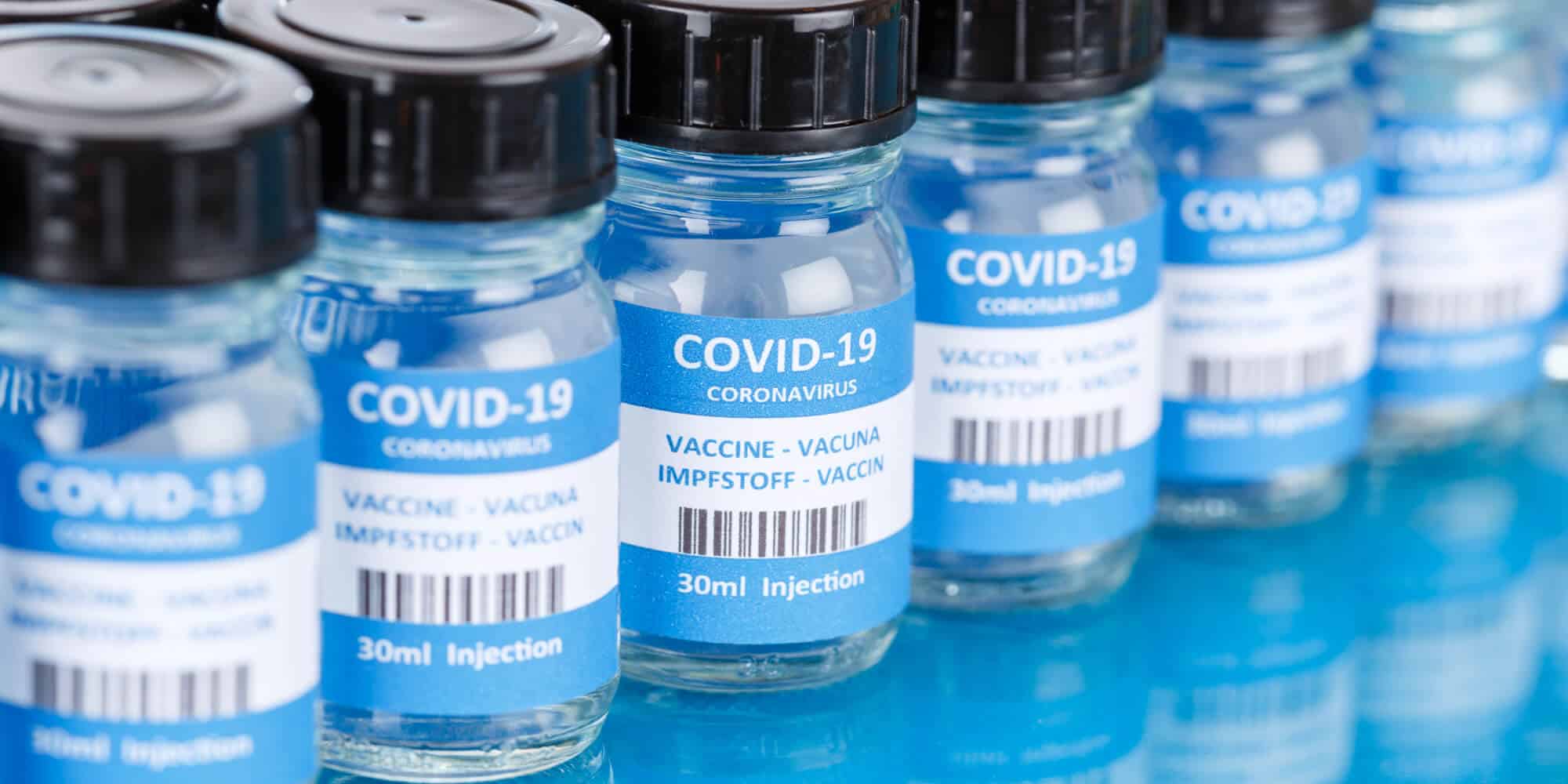The study, Com-Cov, led by the University of Oxford, recruited over 800 participants from across the UK to study the effects of giving different vaccines to people in the two doses. Two vaccines were studied: those produced by Pfizer and AstraZeneca
By: Tracy Hussell, Professor of Inflammatory Diseases, University of Manchester. Translation: Avi Blizovsky

At the end of last year I asked: Is it safe to get more than one type of COVID-19 vaccine? An experiment has now been completed that addressed this question, as well as the effect of combining different types of vaccines on immunity.
Most coronavirus vaccines require two doses, and the usual strategy is to give people the same type of vaccine for both. but The Com-Cov study, led by the University of Oxford, recruited over 800 participants from across the UK to study the effects of giving different vaccines to people in both doses. Two vaccines were studied: those produced by Pfizer and AstraZeneca.
So, does vaccination with different vaccine types provide better immunity? The results of the experiment They are preliminary, since they have not yet been tested by other scientists, but the answer seems to be yes. Giving different types of vaccine for COVID-19 seems not only safe, but also a potential way to increase protection against the coronavirus.
However, the exact benefits depend on which vaccine is given first and which second. Taking the AstraZeneca vaccine followed by Pfizer - resulted in a marked increase in antibodies against the spike protein of the corona virus (a central part of its external structure) compared to using two AstraZeneca vaccine doses or combining Pfizer first and AstraZeneca in the second vaccine.
Taking the AstraZeneca vaccine followed by Pfizer resulted in a better T-cell response than all other dose combinations. T cells - are immune cells that help kill invading viruses (such as the corona virus) and help in the production of antibodies.
The Com-Cov study will continue and test different combinations, as well as different time gaps between the two doses. The time between the doses in this experiment exceeded 28 days and there is also a parallel study that increases the difference between the doses to 84 days but its results have not yet been reported.
Other researchers have also studied mixing types of vaccines to fight Corona. Spanish study recently reported that people who initially received the AstraZeneca vaccine experienced a massive boost in their antiviral immunity when they received a second dose of the Pfizer vaccine—providing further evidence that the Pfizer vaccine works well as a booster shot.
To understand why these beneficial effects may occur, it is important to understand how the vaccines from these two companies work. Both vaccines encourage the immune system to attack a key component of the corona virus - The spike protein As mentioned, but they do it with different methods.
Pfizer's approach packs the genetic code of the spike protein of the coronavirus inside lipid nanoparticles. When these particles enter the body's cells, the code is read by the cells in the body and those cells also make copies of the spike protein, leading to an immune response. AstraZeneca's vaccine provides the same genetic code but uses a weakened form of a common chimpanzee cold virus (adenovirus) to carry the code into cells.
When the first doses of vaccine are given, an immune response may occur not only against the resulting spike protein, but also against the carriers used to deliver the code. This is it known issue In treatments or vaccines that use viruses for transport into cells. If the second dose is the same, the immunity developed against the carrier virus will react against the second dose, clearing some of the antibodies to the carrier virus before the second injection protects over time.
This is why Russia's Sputnik V vaccine – based on the same delivery method as the AstraZeneca vaccine – uses two different adenoviruses as carriers for its first and second doses, achieving Impressive results.
Why is mixing doses so important?
There are additional benefits to mixing vaccine doses to enhance protection. First, producing double the amount of one vaccine takes time. Boosting with a different vaccine could allow the world's population to be vaccinated more quickly.
Second, if a person reacts badly to their first vaccine, it is more likely that the response to the second vaccine will improve if it is of a different type, and obviously both of which are necessary for good protection. Governments may also decide that a certain type of vaccine is less suitable for different groups of people, eg which happened to be of the AstraZeneca vaccine in young people in certain countries. Additional potential vaccine combinations may help overcome any public uncertainty following these types of decisions.
Supplying vaccines to poor countries can also be difficult, especially if they do not have the necessary storage capacities for large batches of vaccine that need to be kept at low temperatures. Including vaccines that do not require storage at very low temperatures in the supply plan may facilitate widespread vaccine supply.
So there are clearly huge advantages to combining vaccines. However, this study only looked at two types of vaccines – over time, each combination will need to be tested, in every age group and every ethnicity. Vaccines may also behave differently if involved in different contexts, for example, in the context of malnutrition or other infectious diseases. These factors will also need to be included in future tests. But for now, this research suggests that a mix-and-match approach to COVID-19 vaccines is an acceptable and useful option.
For an article in The Conversation
More of the topic in Hayadan:
